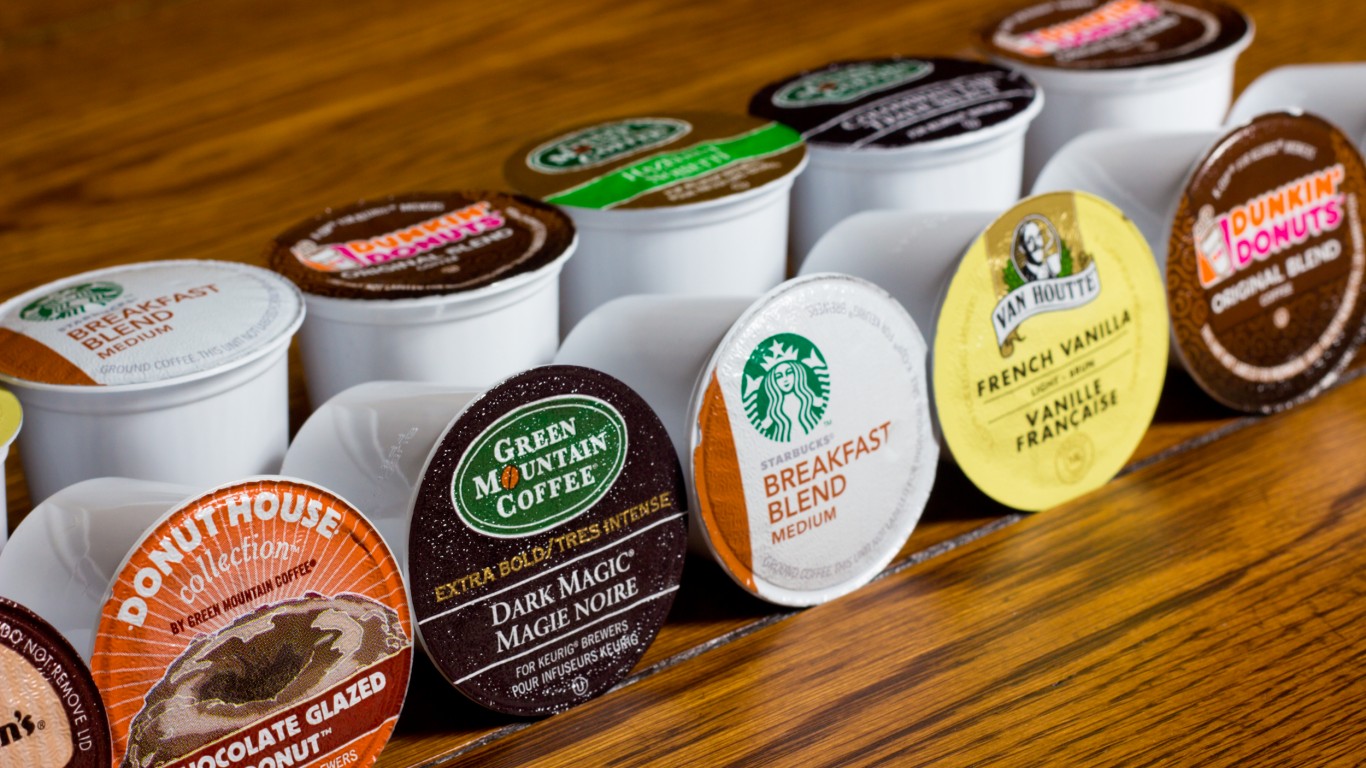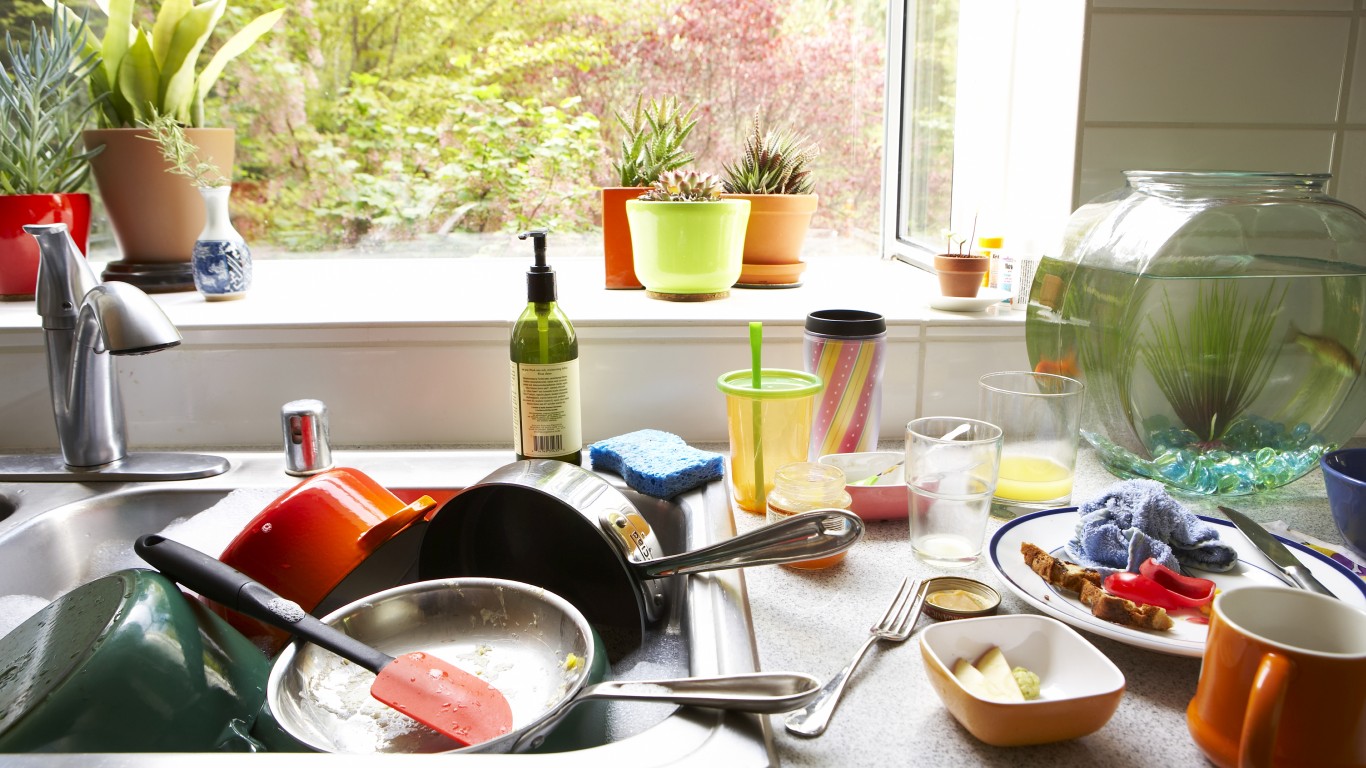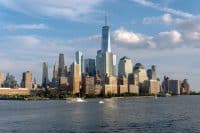
Americans consume 400 million cups of coffee a day. Coffee is such a mainstay of American life that it has spawned a number of billion-dollar businesses. We buy ground coffee, instant coffee, and coffee beans. We buy coffee-making machines (some of which cost hundreds of dollars), to drink coffee at home. We go to tens of thousands of coffee shops. Starbuck’s revenue reached $7.5 billion last quarter. Even McDonald’s makes specialty coffees.
Another aspect of the U.S. coffee culture is the science of how coffee affects the human body. There are no consistent answers. In a recent study, Frank Hu, chair of the Department of Nutrition at Harvard T.H. Chan School of Public Health wrote:
“The overall evidence has been pretty convincing that coffee has been more healthful than harmful in terms of health outcomes. For most people, moderate coffee consumption can be incorporated into a healthy diet.”
But, what is moderate consumption? The Harvard study says 2 to 5 cups a day. And, the benefits? The study said, among other things, lower heart disease, liver cancer, and depression.
A study from the Mayo Clinic warned about the dangers of coffee consumption. It noted risks of high blood pressure and increases in cholesterol levels.
The rates at which Americans consume coffee vary across the country. Coffee shops have become ubiquitous in American cities. Starbucks helped kickstart coffee shop culture in the mid ‘90s, paving the way for the establishment of thousands of independent caffeine-fueled operations across the country. Despite a downward trend in 2020 due to the coronavirus pandemic, the market size of coffee shops has risen most years since 2010 and is expected to increase in the coming years.
To determine the best American city for coffee drinkers, 24/7 Tempo reviewed the results of a study by the financial consultancy site WalletHub, evaluating the coffee scene in the 100 most populated cities in the country by 12 relevant metrics. Among the metrics were average cost of a cappuccino, share of households that own coffee makers, and number of coffee shops, coffee houses, and cafés per capita, as well as number of affordable places in the same categories.
The list of cities we considered reflects not only the vibrancy and affordability of coffee shop culture in various places, but also the proportion of home coffee brewers in the area. While Seattle scores highly (No. 3), another Pacific Northwestern city takes first place — Portland, Oregon. Proving that coffee thrives in sunny climes as well as rainy ones, though, California dominates the list overall with eight entries, and Florida comes next with three.
Portland is the best coffee city with an overall score of 64.3
Click here to read America’s Best Coffee Cities
Are You Still Paying With a Debit Card?
The average American spends $17,274 on debit cards a year, and it’s a HUGE mistake. First, debit cards don’t have the same fraud protections as credit cards. Once your money is gone, it’s gone. But more importantly you can actually get something back from this spending every time you swipe.
Issuers are handing out wild bonuses right now. With some you can earn up to 5% back on every purchase. That’s like getting a 5% discount on everything you buy!
Our top pick is kind of hard to imagine. Not only does it pay up to 5% back, it also includes a $200 cash back reward in the first six months, a 0% intro APR, and…. $0 annual fee. It’s quite literally free money for any one that uses a card regularly. Click here to learn more!
Flywheel Publishing has partnered with CardRatings to provide coverage of credit card products. Flywheel Publishing and CardRatings may receive a commission from card issuers.
Thank you for reading! Have some feedback for us?
Contact the 24/7 Wall St. editorial team.


